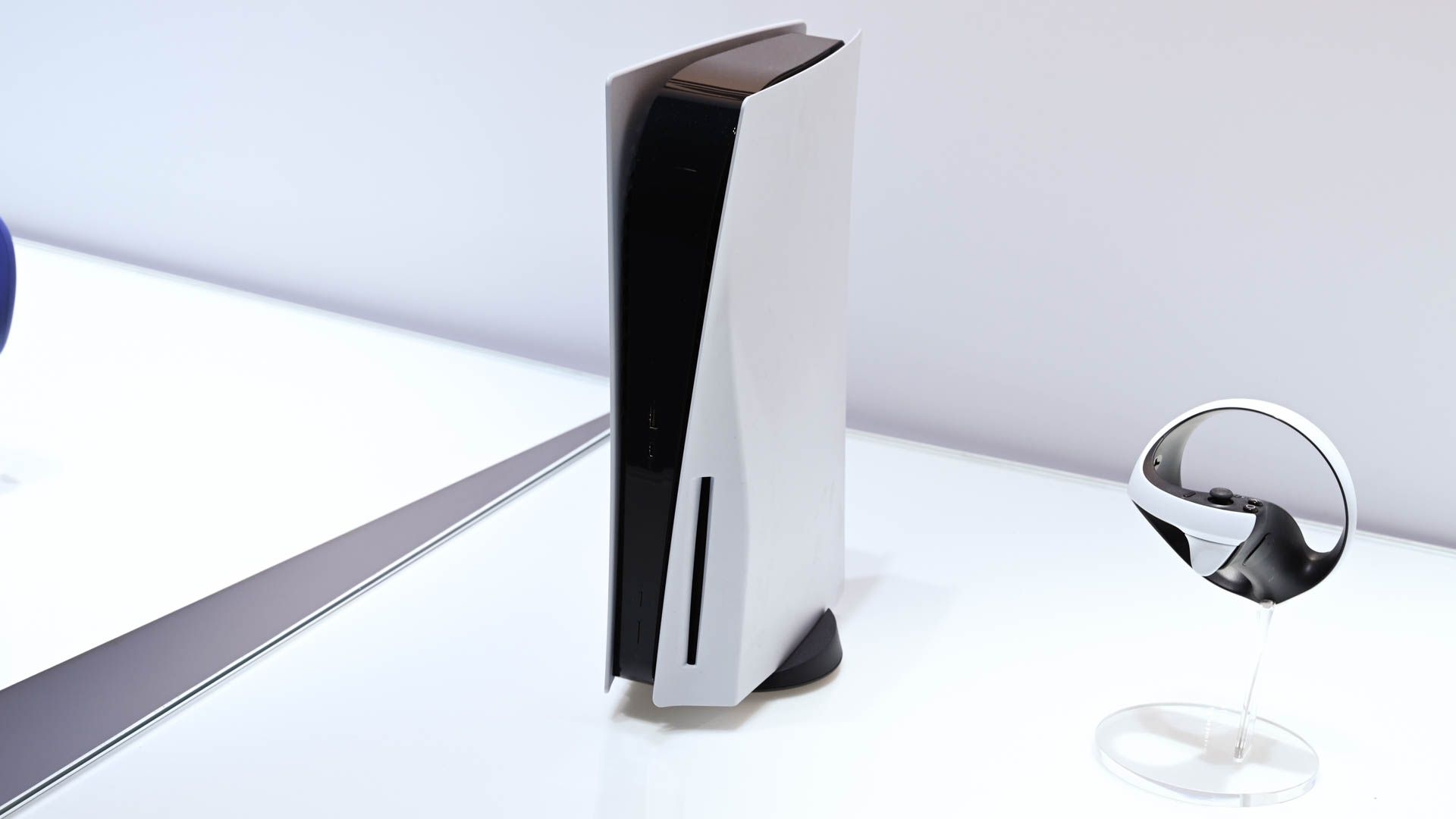Two of the PlayStation 5's biggest annoyances just got fixed. The latest PS5 update adds support for 8TB M.2 SSDs, doubling the previous 4TB limit. It also introduces Dolby Atmos surround sound compatibility, which provides a new level of immersion for gamers and greatly improves the PS5's media playback acumen (though developers like Netflix are responsible for adding Dolby Atmos to their respective media apps).
Sony still has several requirements for compatible M.2 SSDs, though the new 8TB storage limit greatly expands your options (and makes massive games like "Call of Duty" less of a headache). At the time of writing, there are no Sony-certified M.2 SSDs, though brands like WD Black are sure to catch up over the coming weeks or months.
You can enjoy the PS5's new Dolby Atmos capabilities on any Atmos-enabled HDMI audio device, such as a soundbar or AVR. Previously, Dolby Atmos functionality was limited to PS5 beta testers, and users relied on Linear PCM for 5.1 or 7.1-channel audio (however, Atmos has always been available for Blu-ray playback). To enable Dolby Atmos on your PS5, install the latest firmware update and head to your Settings. Then, enter "Sound," navigate to "Audio Output," and click "Audio Output." Select "Dolby Atmos" from the "Audio Format (Priority)" options. Note that Sony is implementing this feature by rendering its 3D Audio technology in the Atmos format. It supports 5.1 and 7.1 systems and should offer more detailed sound than the Linear PCM setting.
Along with a new M.2 storage limit and Dolby Atmos functionality, the new PS5 update expands Remote Play compatibility to additional Android devices, including products that run Android TV OS 12. An old beta feature is also rolling out to all PS5s—one person can now use two controllers at the same time. This feature, which is tucked in the PS5's Accessibility settings, should expand control options for physically disabled gamers. Alternatively, you can give a second controller to a friend or family member to get some assistance during difficult segments of a game. The only oddity is that a DualSense Edge controller cannot be used as your "assist" controller, though it will work as your main gamepad. (Third-party controllers are supported, thankfully.)
Your PlayStation 5 should automatically install this new update. If necessary, you can trigger a manual update by entering Settings, heading to "System Software," and selecting "System Software Update."
